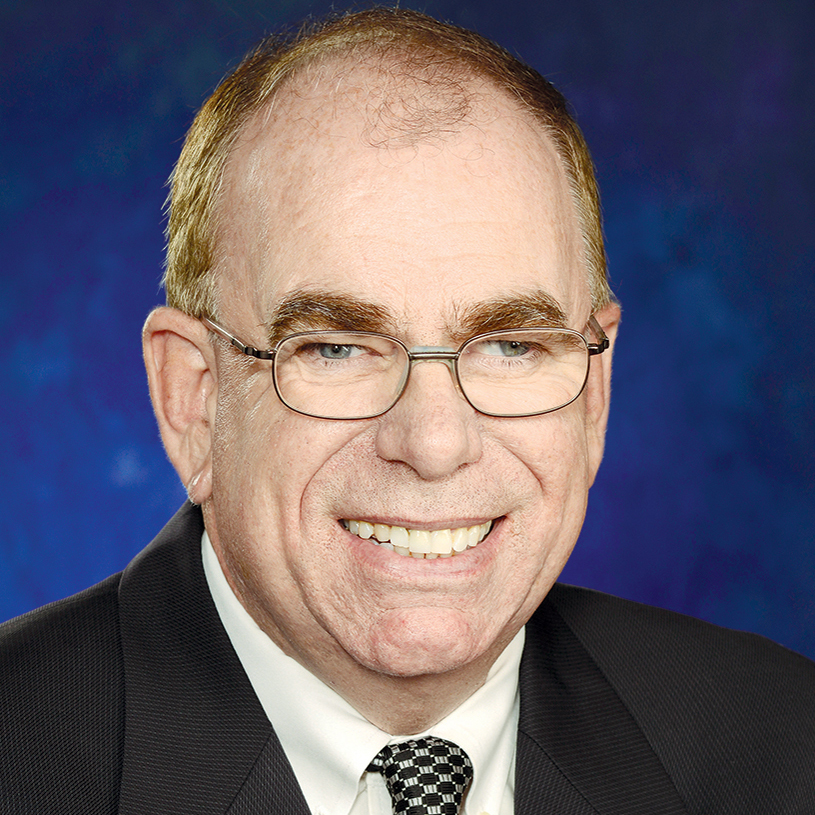
Pandemic, shmandemic. Senior living operators have found a whole new crisis to lose sleep over: staffing nightmares.
It turns out the very people needed to keep communities up and running aren’t just hard to find. They’re getting harder to keep. While that challenge is not exactly a recent development, the dearth of helping hands is clearly getting out of hand.
In fact, the issue of inadequate staffing was mentioned — repeatedly — during every session held during this week’s National Investment Center for Seniors Housing & Care’s Fall Conference, which took place in Houston.
Fortunately, the three-day event wasn’t just Woe-Is-Me festival. In fact, some actionable strategies were discussed in depth. One was the various ways active adult housing could — among other things — help trim labor costs while enhancing bottom lines.
This option has lately emerged as a “very, very clear winner,” said Aron Will, vice chairman, debt and structured finance, and co-head of senior housing, for CBRE.
The sector recently has enjoyed good collections and renewals and “phenomenal rent growth,” Will noted.
A key attraction here for operators is that because active adult communities typically offer fewer amenities and services, they require less staff. In fact, fellow panelist Zachary Crowe, principal of the Carlyle Group, said the company’s communities typically have only four to eight full-time equivalent employees.
Of course, like any new option, this one has potential challenges as well. One is the old aging-in-place bugaboo. It doesn’t take much for an active adult community to start looking more like an independent living community, especially if departing residents are not scrupulously replaced by younger arrivals.
Still, such communities can be an attractive fit for operators wishing to serve the leading edge of the “silver wave” now, Crowe said.
But perhaps the biggest benefit of them all is a reduced staffing burden. And let’s face it: that’s one area where operators need all the help they can get.

